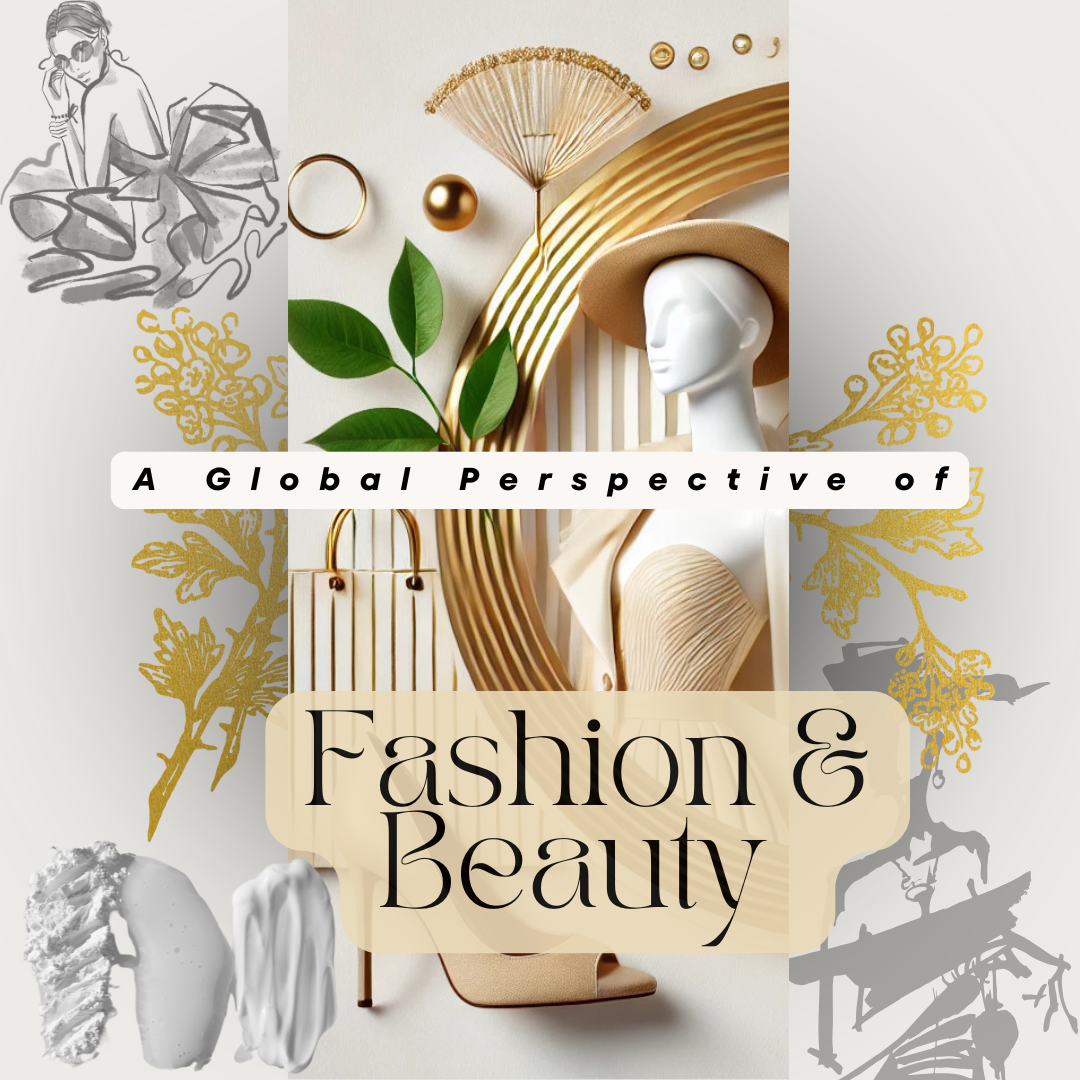
Fashion and beauty are two of the most dynamic and influential industries worldwide. They shape individual identities, fuel economies, and reflect cultural and societal shifts. This article delves into some fascinating facts and statistics that highlight the impact and evolution of fashion and beauty globally.
Fashion: A Billion-Dollar Industry
The global fashion industry is an economic powerhouse, valued at approximately $1.7 trillion in 2023. It employs over 75 million people worldwide, making it one of the largest employers, particularly in developing countries where textile and garment production is a cornerstone of the economy.
Fast Fashion vs. Sustainable Fashion
- Fast fashion, characterized by cheap, trendy clothing, accounts for a significant portion of the industry. Brands like Zara (https://www.zara.com) and H&M (https://www.hm.com) have revolutionized this sector, but it comes with environmental costs.
- The fashion industry is responsible for 10% of global carbon emissions — more than international flights and maritime shipping combined.
- It consumes approximately 93 billion cubic meters of water annually, enough to meet the needs of five million people.
- Conversely, sustainable fashion is gaining traction. In 2022, the market for sustainable fashion grew by 9.7%, reflecting a shift in consumer preferences towards ethical and eco-friendly choices. Popular sustainable brands include Patagonia (https://www.patagonia.com) and Everlane (https://www.everlane.com).
Products and Services
- Best Clothing Subscription Services: Stitch Fix (https://www.stitchfix.com) and Rent the Runway (https://www.renttherunway.com) provide personalized clothing selections and rentals for fashion enthusiasts.
- Ethical Fashion Retailers: ASOS Marketplace (https://marketplace.asos.com) features small independent brands focusing on sustainability.
- Secondhand Fashion: Platforms like ThredUp (https://www.thredup.com) and Poshmark (https://poshmark.com) make buying and selling pre-loved clothing seamless and eco-friendly.
Beauty: Beyond Skin Deep
The global beauty industry, encompassing skincare, makeup, haircare, and fragrances, was valued at $571 billion in 2023. By 2027, it is projected to surpass $800 billion, driven by innovation, inclusivity, and the rise of social media influencers.
Skincare Takes the Lead
- Skincare is the largest segment, contributing 42% to the total beauty market. The “self-care” movement, amplified by the pandemic, has pushed consumers to invest in products promoting health and wellness.
- In Asia, particularly South Korea and Japan, beauty rituals emphasize flawless skin. South Korea’s beauty exports reached $10 billion in 2022, with K-beauty brands such as Laneige (https://www.laneige.com) and Innisfree (https://www.innisfree.com) leading trends worldwide.
Products and Services
- Top Skincare Products: CeraVe Hydrating Cleanser (https://www.cerave.com) and The Ordinary Hyaluronic Acid (https://theordinary.com).
- Makeup Must-Haves: NARS Radiant Creamy Concealer (https://www.narscosmetics.com) and Maybelline SuperStay Matte Ink Lipstick (https://www.maybelline.com).
- Subscription Services: IPSY (https://www.ipsy.com) and Birchbox (https://www.birchbox.com) deliver curated beauty products directly to consumers.
Inclusivity in Beauty
- Rihanna’s Fenty Beauty (https://www.fentybeauty.com) disrupted the market in 2017 by launching a foundation line with 40 shades, prompting other brands to follow suit. Today, over 50% of beauty brands emphasize diversity in their marketing.
- In India, the rise of local brands catering to darker skin tones and traditional Ayurvedic principles has reshaped the beauty landscape. Notable brands include Forest Essentials (https://www.forestessentialsindia.com) and Kama Ayurveda (https://www.kamaayurveda.com).
Cultural Reflections and Trends
Fashion and beauty are deeply intertwined with culture. From traditional attire like India’s saree and Japan’s kimono to global phenomena like denim jeans, clothing reflects heritage and modernity.
- Modest fashion: The modest fashion market, driven by Muslim consumers, was valued at $277 billion in 2023 and is growing annually by 5%. Brands like Modanisa (https://www.modanisa.com) cater to this growing demand.
- Streetwear: Originating from urban subcultures, streetwear is now a global trend. Brands like Supreme (https://www.supremenewyork.com) and Off-White (https://www.off—white.com) have blurred the lines between luxury and casual wear.
The Role of Technology
Technology is revolutionizing both industries. Augmented reality (AR) and artificial intelligence (AI) are enhancing customer experiences:
- Virtual try-ons for makeup and clothing are reducing returns and boosting online sales. For example, Sephora’s Virtual Artist (https://www.sephora.com) allows customers to test products online.
- AI-powered personalization is helping brands recommend products based on individual preferences, driving customer loyalty. Notable services include StyleScan (https://www.stylescan.com) and ModiFace (https://www.modiface.com).
Engaging Visuals and Storytelling
- Infographics: Include statistics and key facts in visual formats to keep readers engaged and make the data more digestible.
- Real-Life Stories: Highlight individuals or brands making a difference in the fashion and beauty industries. For instance, showcase eco-conscious designers or influencers championing inclusivity.
- High-Quality Images: Incorporate appealing visuals of trending products, iconic fashion pieces, and diverse beauty looks to enrich the narrative.
- Step-by-Step Guides: Provide tutorials, such as “how to build a sustainable wardrobe” or “DIY skincare routines for beginners,” that resonate with readers.
Benefits:
- Empowerment: These industries provide avenues for individuals, especially women, to become financially independent.
- Skill Development: Working in fashion and beauty enhances skills in marketing, communication, and creative design.
- Scalability: Businesses can grow from small, home-based setups to large enterprises with the right strategy.
- Community Building: Engaging with customers and followers fosters a sense of community and brand loyalty.
- Innovation: The rise of DIY beauty products and sustainable fashion has created niche markets for innovative entrepreneurs.
Challenges and the Path Forward
While fashion and beauty continue to thrive, challenges such as environmental sustainability, ethical labor practices, and inclusivity remain critical. Governments, brands, and consumers must collaborate to create a more responsible industry.
Final Thoughts
Fashion and beauty are not merely about aesthetics; they are powerful tools for self-expression, cultural exchange, and economic development. As these industries evolve, embracing sustainability and inclusivity will be key to their future success.
